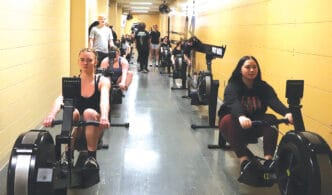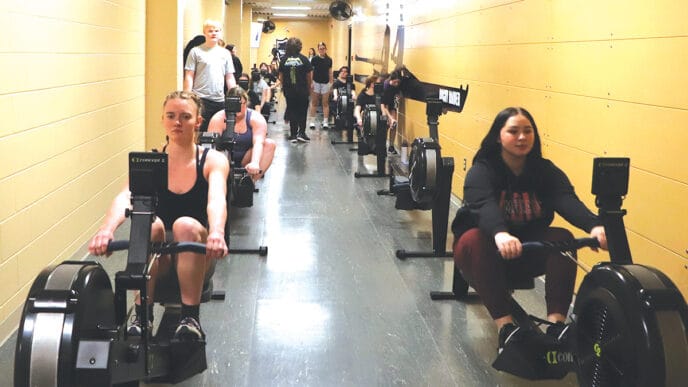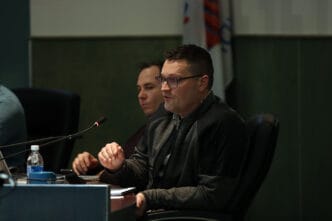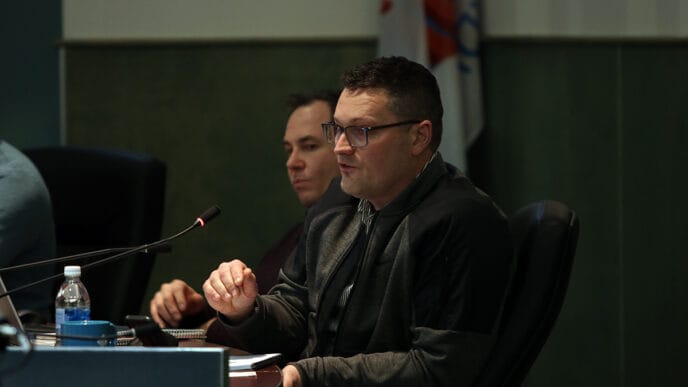Have your say, again, with Lloydminster’s proposed land use bylaw.
The multiple-year-in-the-making bylaw update is once again before council for consideration.
The bylaw was granted first reading at the Sept. 9, 2024 council meeting before a motion to amend it was presented prior to public commentary at the Oct. 7, 2024 council meeting.
“Every municipality in Alberta and Saskatchewan is required to hold a land use bylaw. This is standard practice in the planning world to see regular updates to the land use bylaw every five to 10 years. Our last bylaw was approved in 2016,” said Natasha Pidkowa, manager of planning with the City of Lloydminster.
The bylaw has seen a number of changes since it was last updated.
“Since 2016, there have been nearly 60 amendments to the land use bylaw. This also shows administration a comprehensive review of the bylaw could be beneficial to the development of the city,” said Pidkowa.
The city has been extensively engaging the public in the updating process.
“We’ve had a total of two city-wide mailouts, we’ve engaged with over 1,000 residents and had over 500 survey responses,” said Pidkowa.
She also spoke to some of the changes proposed in this draft of the land use bylaw.
“One of the big things is we’ve increased the allowable lot coverage from 50 to 60 per cent to allow for increased flexibility of what owners can do on their property,” said Pidkowa. “We’ve added regulations for emerging development trends such as, community gardens, microbreweries, alternative energy solutions and shipping containers.”
The major update includes the changing of districts, reducing the number to allow for more flexibility.
“Currently in our land use bylaw, there’s 28 highly-specific districts that often hinder development applications and are subject to a lengthy and extensive redistricting processing. The land use bylaw proposes to address this by bringing 28 districts into 18 more flexible districts,” said Pidkowa. “We brought residential districts from seven to four, direct control districts from seven to two, created a new downtown commercial district, a new recreation and entertainment district, a business industrial district and a general commercial district.”
Districts were further broken down into specific categories.
“We broke out the residential (districts) into three use categories, a low-density residential district, a medium-density residential district and a high-density residential district,” said Pidkowa.
The low-density district is aimed at single-detached homes and secondary suite dwellings as permitted uses. Two-unit dwellings and additional dwellings are discretionary uses in the low-density district.
Medium density will allow for multi-unit dwellings, apartments, additional unit and two-unit dwellings as permitted uses. Seven plus units are discretionary in this district.
High-density districts will include multi-unit dwellings, apartments and mixed-use buildings as permitted uses. Up to 50 dwelling units as permitted while more than 51 will be discretionary.
“We did have a maximum density of one to two units per lot with 15 units per hectare. This is acknowledged because we do have a lot of single-family homes that are developed in a bare land condominium style development. In those cases, we did need to acknowledge a max density for that. With that density, I want to clarify to council this is not intended to see row houses and townhouses and that,” said Pidkowa.
She was speaking to lots like the Lakeshore Estates in Lloydminster, which are single-family homes built in a bare land condominium style.
Following the public hearing in October 2024, community support centres were updated. Community support centres were broken up into three categories, warming shelter, minor and major. There are also proposed regulations which would create a buffer distance of 100 metres from parks, schools and childcare facilities for major community support centres. They may also need to complete a good-neighbour commitment and/or a safe environment assessment.
Next steps for the land use bylaw will include one-on-one interviews with interested parties available upon request ranging from Feb. 18 to March 21.
A public referral period will be from March 3 to March 21 and a public hearing is proposed for April 28.
The bylaw will return to council at a proposed date of April 7 for first reading. Following the proposed April 28 public hearing, second and third readings may be granted at the May 5 council meeting.
Read more: Lloydminster continues land use bylaw review
















